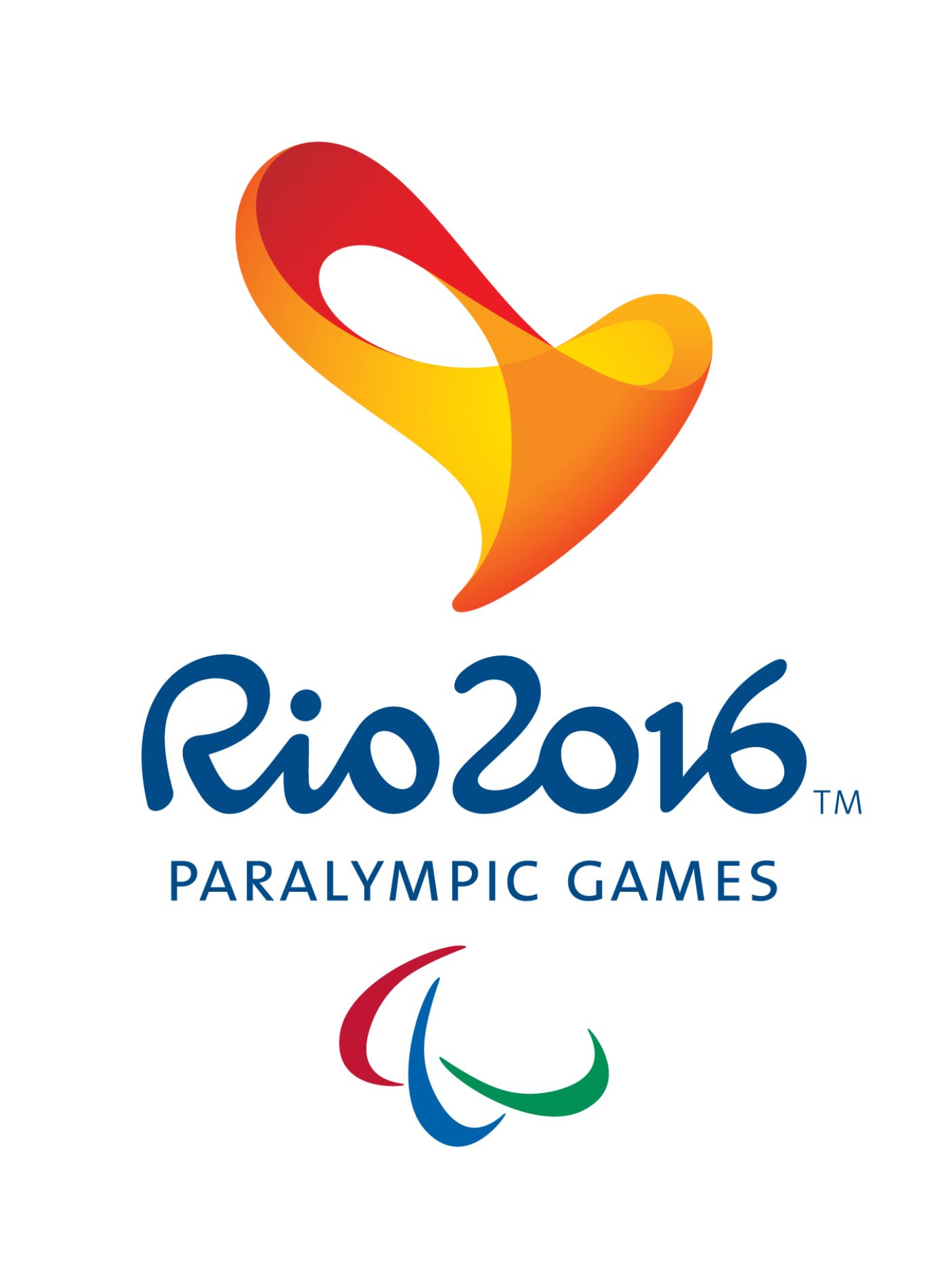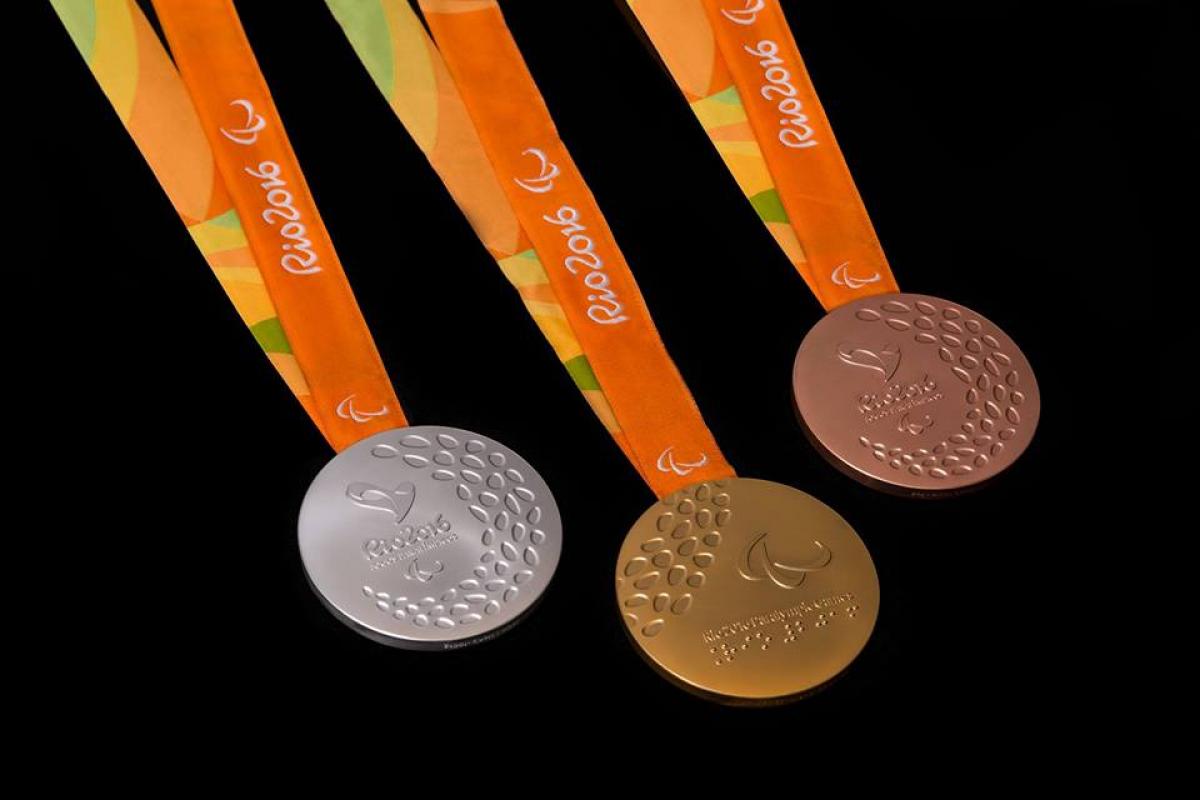Find out about the Rio 2016 Paralympic medals
The medals of the Rio 2016 Paralympic Games contain a never-before-seen element of surprise – they contain a tiny rattle that jingles when shaken. This feature provides a brand new way for the athletes to celebrate their achievements. The gold, silver and bronze medals make a different sound, so athletes with vision impairment can identify the colour of their medal.
Design Elements of the Medals
Every detail of the medals has been crafted with sustainability at the centre of the design process. The Brazilian Mint used recycled materials for the silver and bronze medals, with 30 per cent of the materials coming from recycling. The gold medals were produced with strict sustainability criteria. The gold was extracted without the use of mercury.
Recycled plastic bottles were used to create the orange ribbons that were attached to the medals. Rio 2016’s commitment to sustainability showed in the cases that held the medals as well. The medal cases received certification from the Forest Stewardship Council. This guaranteed that the wood and paper came only from forests that were managed with the highest sustainability standards.
The medal cases were designed in the shape of seeds, which symbolised the courage, determination and development of the athletes. The front face of the medals came with a pattern depicting seeds forming an endless spiral, representing the energy and continuous growth of the athletes. The inspiration for both the medal and the case designs came from the Paralympic motto of the time, “Spirit in Motion”.
The Physical Attributes of the Rio 2016 Medals
The medals have a diameter of 8.5 centimetres and a thickness of 0.8 cm, with the gold medal weighing 502 grams.

 Facebook
Facebook
 Instagram
Instagram
 Twitter
Twitter
 Youtube
Youtube
 TikTok
TikTok
 Newsletter Subscribe
Newsletter Subscribe
